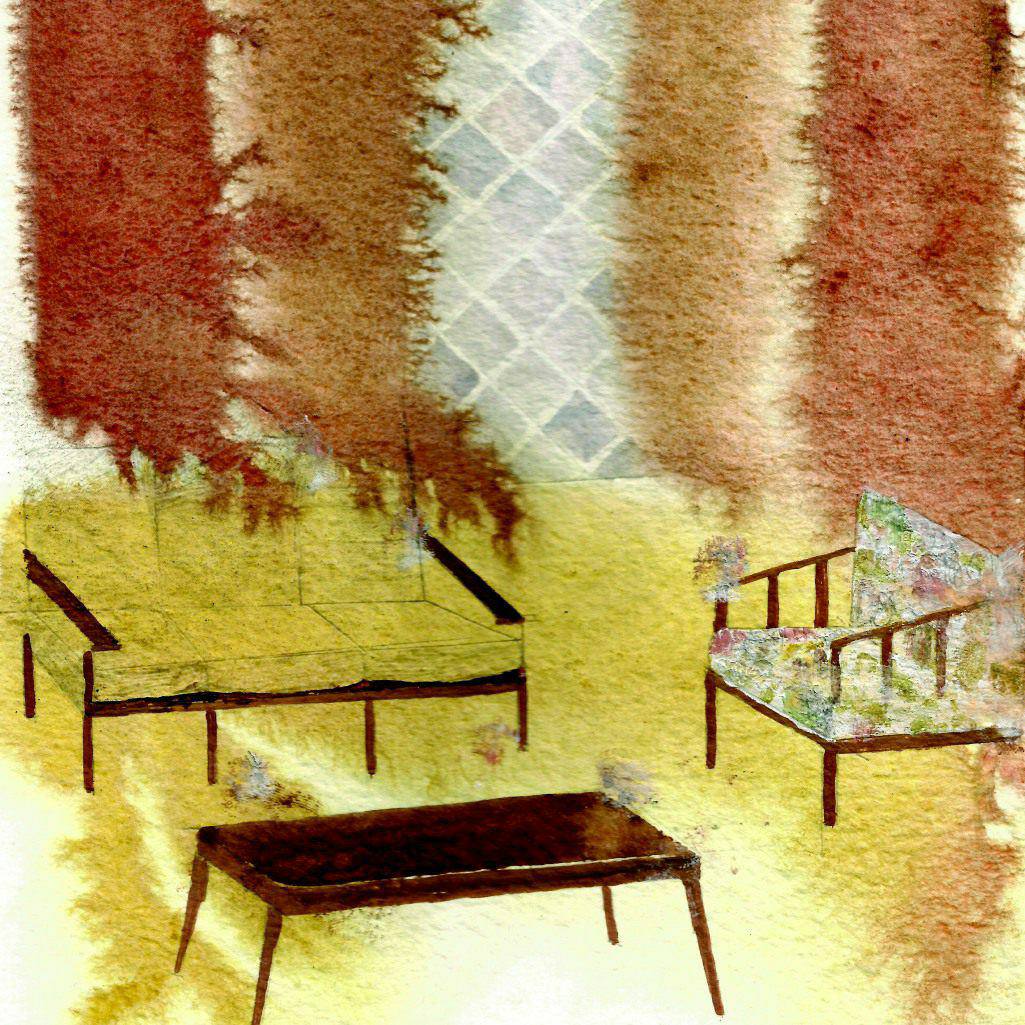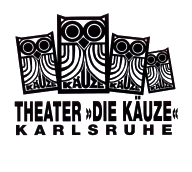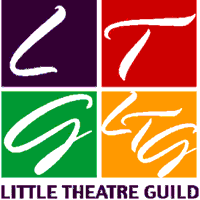- Theatre: Accidental Death of An Anarchist
- Theatre: Ein Komisches Talent
- Theatre: Gaslight®
- Theatre: Hansard
- Theatre: Home, I'm Darling
- Theatre: How to Succeed in Business...
- Theatre: I Love You, You're Perfect, Now Change
- Theatre: The Cat's Meow
- Theatre: The Crucible
- Theatre: The Duchess of Malfi
- Theatre: The Glad Game
- Theatre: The Last Noel
- Theatre: The Revlon Girl
- Theatre: Things I Know To Be True
- Theatre: Uncle Vanya
- Auditions: Audition for Youth Theatre
- Auditions: Audition for Things I Know To Be True
- Auditions: Audition for The Glad Game
- Auditions: Audition For Uncle Vanya
- Auditions: Audition for Hansard
- Auditions: Audition for The Duchess of Malfi
- Auditions: Audition for Accidental Death of An Anarchist
- Auditions: Audition for How To Succeed In Business...
- Lunchtime Theatre: Borne out with whalebone
- Lunchtime Theatre: Animating the Inanimate
- Lunchtime Theatre: Discussion of a local production
- Lunchtime Theatre: Lunchtime Christmas
- Lunchtime Theatre: From the theatres to the stars
- Lunchtime Theatre: Lunchtime Theatre
- Lunchtime Theatre: Lunchtime Theatre
- Lunchtime Theatre: Lunchtime Theatre
- Lunchtime Theatre: Lunchtime Theatre
- Lunchtime Theatre: Lunchtime Theatre
- Lunchtime Theatre: Lunchtime Theatre
- Open Evenings: Open Day
- Open Evenings: Open Day
- Socials: Christmas Party
- Socials: Murder Mystery
- Socials: Quiz Night
- News: LMT at The Fringe!
- News: NANDA Awards 2025
- News: Youth Theatre Shines at NANDA Youth Fest...
- News: 2025/26 Season
- News: Under the Limelight: Backstage at the Vo...
- News: Plea for century-old theatre after drop ...
- News: 100-year-old Nottingham theatre ... laun...
- News: Lydia Marchant Came to Visit
- News: NANDA Awards 2024
- News: Discount Car Parking Offer
- News: 2024/25 Season
- News: Emmy win for our patron Matthew Macfadye...
- News: Golden Globe win for our patron Matthew ...
- News: Discount Food Offer
- News: NANDA Awards 2023
- News: 2023/24 Season
- News: Discount Car Parking Offer
- News: Lace Market Youth Theatre on the town...
- News: NANDA Awards 2022
- News: The Queen’s Award for Voluntary Service
- News: 2022/23 Season
- News: Discount Ticket Offer
- News: Covid Precautions
- News: 2021/22 Season
- News: A Virtual Vanya
- News: Nottingham Playhouse Home Grown Bursary
- News: NANDA Awards 2020
- News: Coronavirus (COVID-19): Season Cancellat...
- News: 2020/21 Season
- News: Coronavirus (COVID-19): Season Postponem...
- News: Sad and Amazingly Funny
- News: Absurd but relevant
- News: Where Are They Now?
- News: Foyer Refurbishment
- News: NANDA Awards 2019
- News: Youth Theatre win at NANDA!
- News: Hannah and Hanna on tour
- News: 2019/20 Season
- News: Adam Penford Visit
- News: The Big Wardrobe Move - Part 1
- News: Lace Market Theatre On Tour
- News: Henry, 14, shows the desire to step in a...
- News: New Wardrobe Premises
- News: Auditorium Refurbishment 2018
- News: NANDA Awards 2018
- News: Auditorium Refurbishment
- News: Remember when women were seen as 'little...
- News: Nanda Youth Festival
- News: 2018/19 Season
- News: World War II play loved by Churchill...
- News: Modern take on Charles Dickens' horror s...
- News: Oscar Wilde's An Ideal Husband at the La...
- News: Shocking true story of last woman to be ...
- News: Alan Bennett classic The History Boys to...
- News: Pride and Prejudice at the Playhouse?
- News: Launch of New Bar
- News: Is Guys and Dolls the best ever Musical?
- News: Success at NANDA
- News: LMT to Host World Premiere of New Englis...
- News: 20th Century masterpiece...
- News: 2017/18 Season
- News: Terry Pratchett's Carpe Jugulum to be pe...
- News: Comedy classic The Ladykillers will be s...
- News: West End hit that became Meryl Streep fi...
- News: Nottingham theatre kicks off 2017 with m...
- News: An alternative to panto...
- News: The Brontë sisters were chick-lit pionee...
- News: The Weirdest Title of Any Show You'll Se...
- News: Telling Tales...
- News: Love & Death
- News: Exhibition in the Studio
- News: Latest Sound Upgrades
- News: Success at NANDA
- News: Success at NANDA Youth Festival
- News: Steve Parry: A Tribute
- News: Lace Market Theatre on Tour 2016
- News: James Dean naked and 'lots of pretty lad...
- News: 2016/17 Season
- News: 2000 Facebook Likes!
- News: Art Exhibition During "Beautiful Th...
- News: Noel Coward comedy is Lace Market Theatr...
- News: Art Exhibition During "Present Laug...
- News: Discount Food Offer
- News: Art Exhibition During "The Pitmen P...
- News: New Roof!
- News: In August the Lace Market Theatre Goes D...
- News: Good Deeds Notts: A stroke of luck as Jo...
- News: Happy Jack: On Tour
- News: Success at NANDA!
- News: Nudity Features in Alan Bennett-style Co...
- News: Success at the NANDA Youth Festival
- News: Art Exhibition During "Dead Ringer&...
- News: Poltical Comedy Play is Anecdote to Gene...
- News: 2015/16 Season
- News: Bertolt Brecht Classic at Lace Market Th...
- News: Theatre preview: Bedroom Farce at Lace M...
- News: Lace Market Theatre stages the tale of a...
- News: Lace Market Theatre's One Act Play will ...
- News: It's a White Christmas at Lace Market Th...
- News: Art Exhibition During White Christmas
- News: Donation to Nottinghamshire NUM Ex and R...
- News: Lace Market Theatre tackles John Godber ...
- News: Darkly funny play at Lace Market Theatre...
- News: Lace Market Theatre commemorates WWI wit...
- News: The World of Professional Theatre has Re...
- News: Private Peaceful Collection
- News: Discount Food Offer
- News: Possibly the best set ever!!! The back s...
- News: LMT's comic, contemporary vision of rura...
- News: The horror of WW1 told in Lace Market Th...
- News: Success at the NANDA Youth Festival 2014
- News: NANDA Youth Festival
- News: VisitEngland Tourism Superstar Awards 20...
- News: 1000 Facebook Likes!
- News: The Return of Open Mic Night
- News: Art Exhibition by Neil Duckmanton
- News: Online Booking Problems?
- News: White Christmas Early Bird Offer
- News: New Website!
- News: Anne Boleyn Opens to Rave Reviews
- News: Nottingham Post interview Gordon parsons
- News: Murder Mystery Night is Big Success
- News: Nottingham Post interview Graeme Jenning...
- News: RSC Open Stages
- News: Nottingham Post Interviews Max Bromley
- News: Discount Food Offer
- News: Costume Commissioned by the Courtald Gal...
This amateur production is presented by special arrangement with Samuel French Ltd.

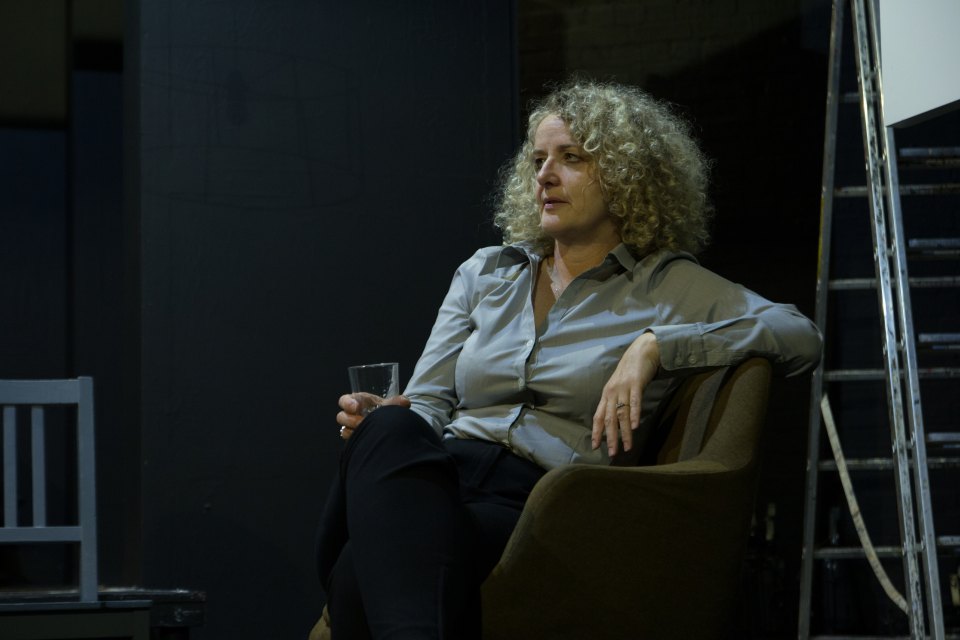

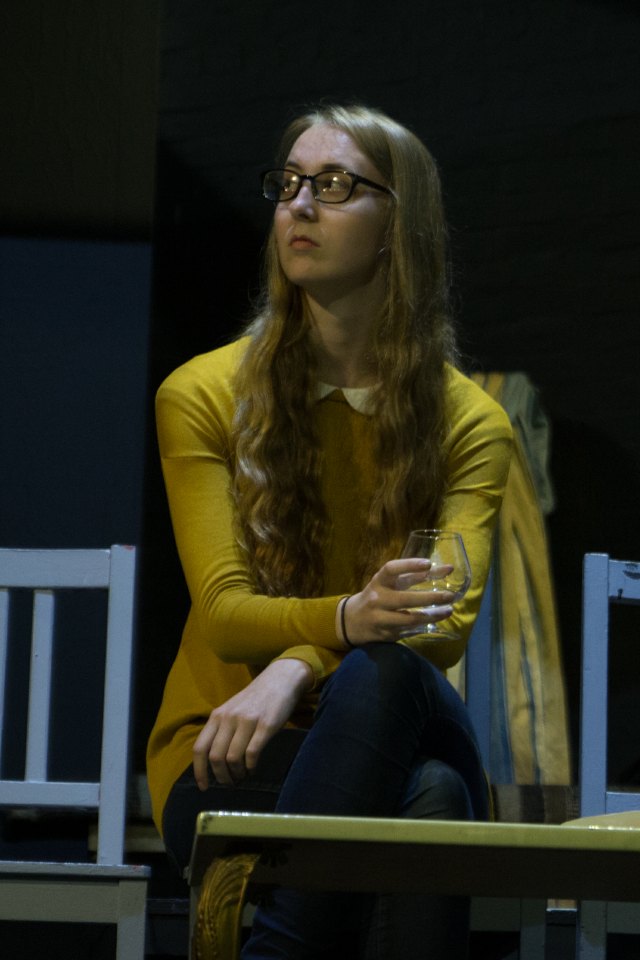
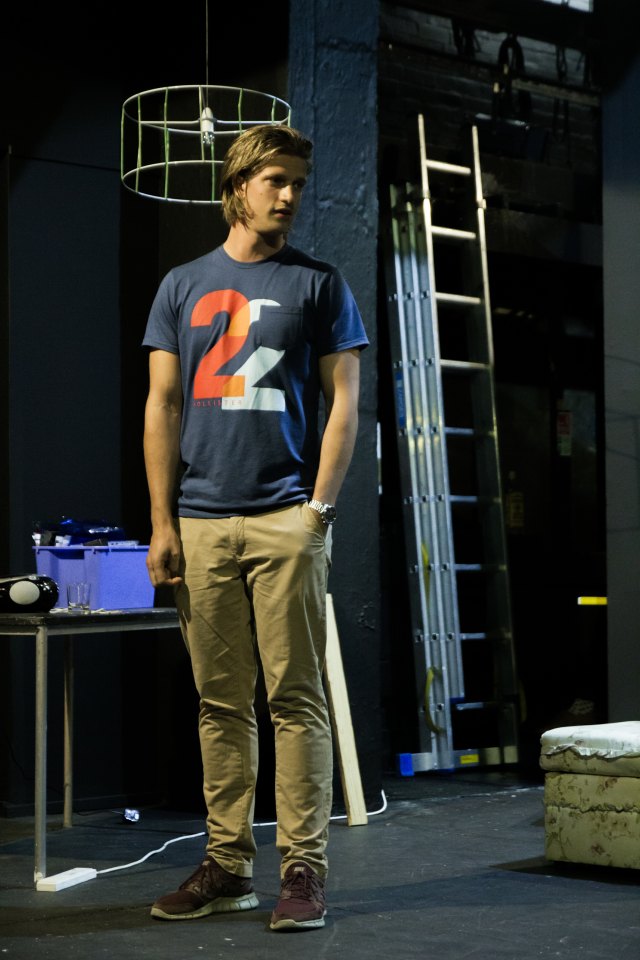
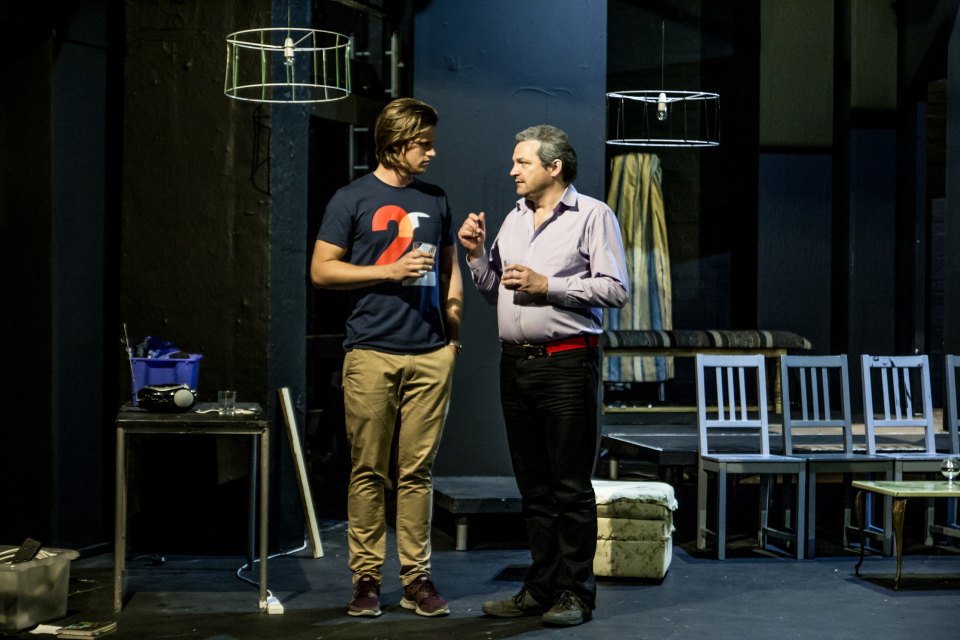
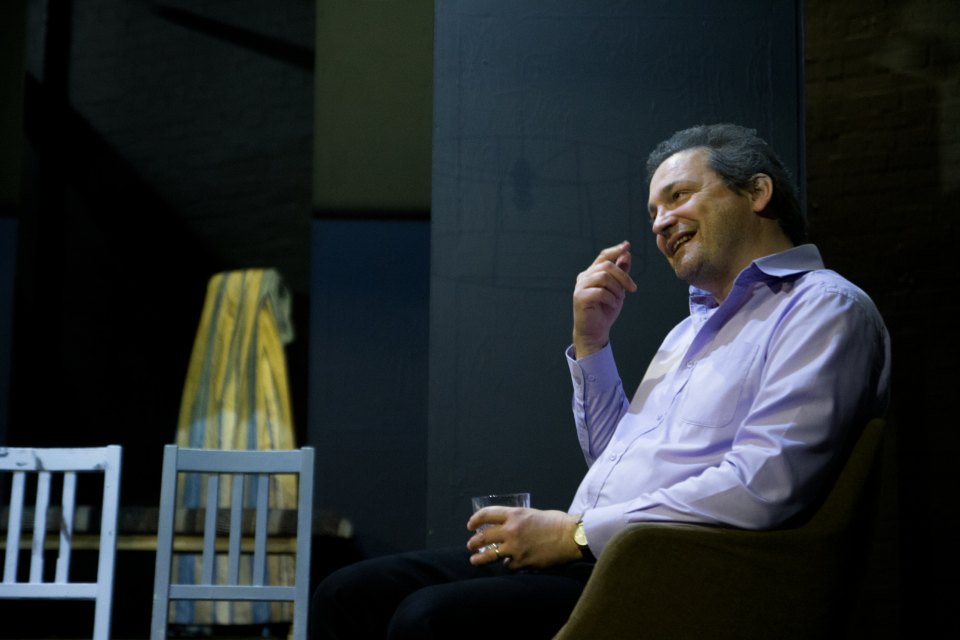
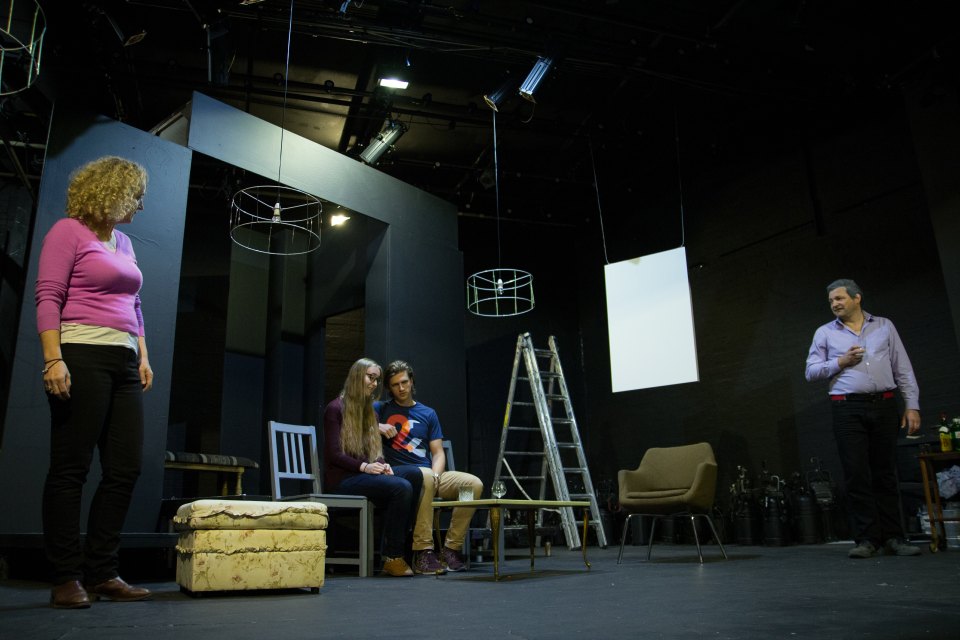
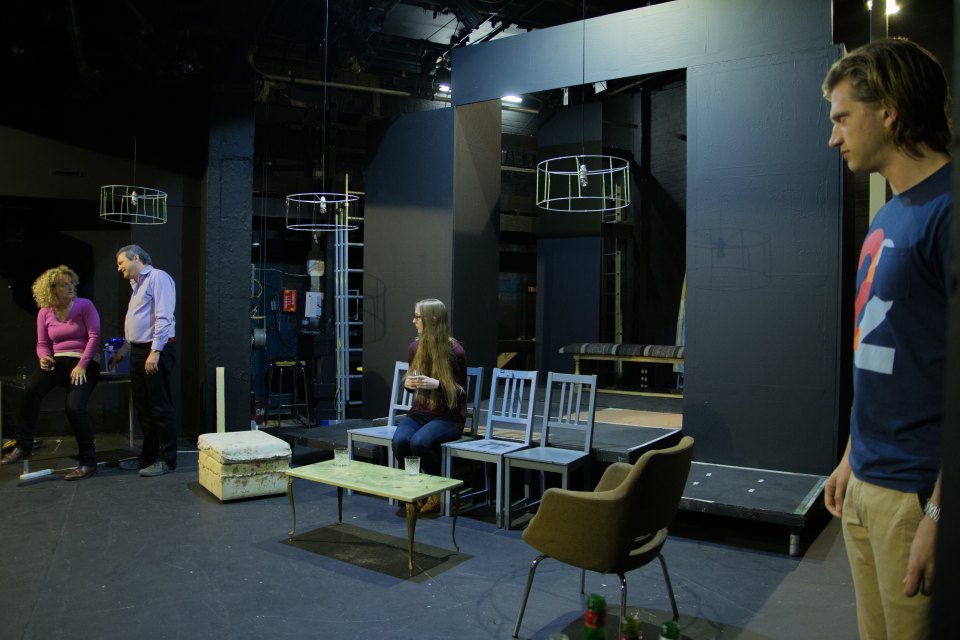
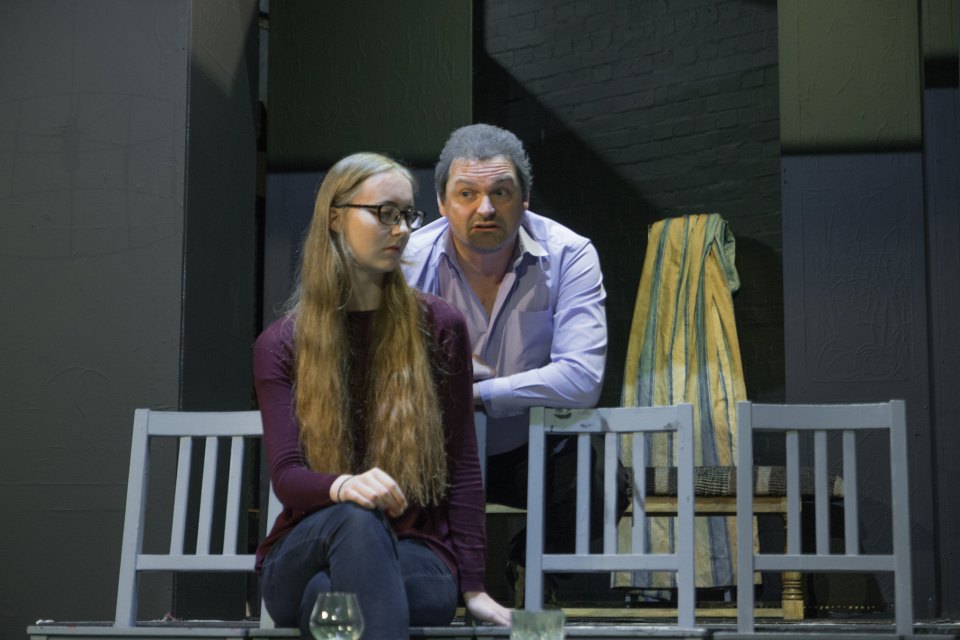

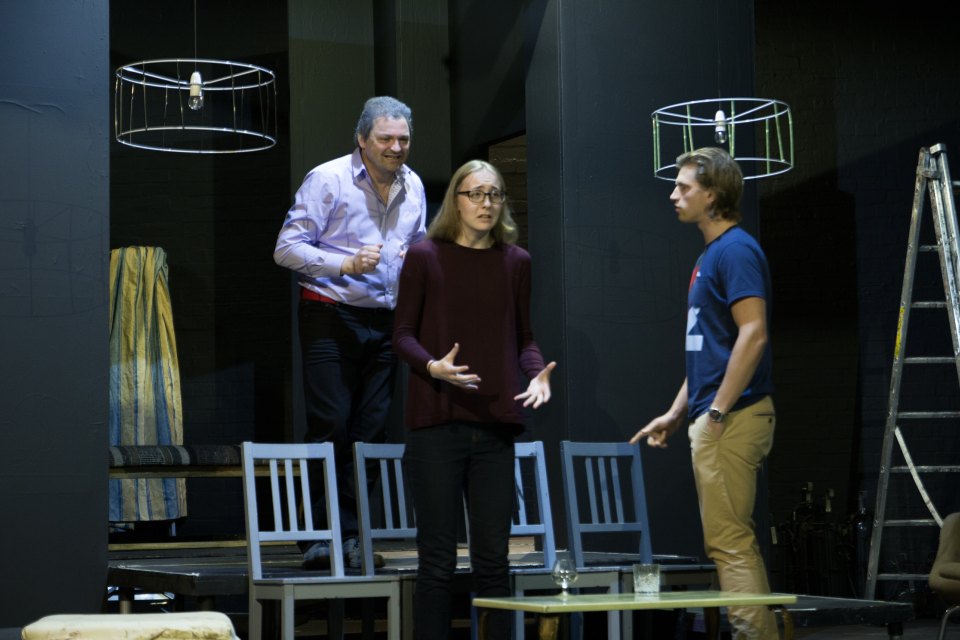

CAST
Martha
Sally Brown
George
Malcolm Todd
Nick
Matthew Thomason
Honey
Lucy Wakefield
There are no items to display
Who's Afraid of Virginia Woolf? Lace Market Theatre: Review
The Lace Market are always good at plays where a social get-together takes a nasty turn. But with Edward Albee’s Who’s Afraid of Virginia Woolf?, which takes one nasty turn after another, they reach new heights of excellence.
Directed by Max Bromley, this is an outstanding production of a great play.
George, who teaches History at an outwardly respectable New England college, and wife Martha arrive home drunk and bickering from a faculty party. They’re soon joined by an apparently straitlaced young couple, Biology teacher Nick and his delicate wife Honey, who were invited back by Martha.
Over the next three hours, with two intervals – it happens in real time – the young couple are drawn unwillingly then willingly into George and Martha’s nightmarish mess of a marriage.
During drink after drink they witness the venomous needling and emotional gamesmanship, which eventually extends to include themselves.
It’s a harrowing play yet with small nuggets of penetrating humour.
It’s also a remarkably wordy piece with uncannily realistic exchanges of dialogue between George and Martha. And it goes back and forth over sexual tensions, personal inadequacy and rivalry, raking up childlessness and failed child-rearing, family relationships and a lot besides.
At the end you’re left trying to disentangle the actual facts from what existed only in the minds of George and Martha. You can’t be any more certain than the characters themselves appear to be; that is perhaps, except in one crucial respect. To say more would be to say too much.
Malcolm Todd (George) and Sally Brown (Martha) give truly outstanding performances, with Matthew Thomason (Nick) and Lace Market newcomer Lucy Wakefield (Honey) not far behind. Small wonder that at the end all four look emotionally and physically drained.
The evening demands a lot from the audience but there’s a massive payback.
Read the original article here.
"Who's Afraid of Virginia Woolf?"
Lace Market Theatre
"Who's Afraid of Virginia Woolf?" is a 1962 play by Edward Albee and examines the breakdown of the marriage of a middle-aged couple, Martha and George. Late one evening, after a university faculty party, they invite a younger couple, Nick and Honey, as guests, and draw them into their bitter and frustrated relationship.
As the four drink into the very early hours of the morning, Martha and George engage in scathing verbal abuse in front of Nick and Honey. The younger couple are at first embarrassed but seem fascinated as more drinks are consumed; especially Nick, when he finds that Martha is coming on to him while Honey is throwing up in the bathroom and is then out for the count on the bathroom floor.
Many secrets, on both marriages emerge, which serve as bullets for the other's guns, and by the end of the often sick taunts, George drops a bombshell on Martha about their son, which destroys her.
There are many questions left unanswered in Albee's play, which seems to be the idea because there are no right or wrong answers here and is all up to the imagination of the viewer. The play is left open ended which could have left way for a sequel, and possibly a prequel.
In places it's quite disturbing and the sense of intimidation, tension and possible threat looms not too far from the opening of the play. You start to realise that Nick and Honey could just be part of George and Martha's crazy marital games, and the reason the young couple were invited back in the early hours was not just for a social drink to end the night on!
The play is in three acts, and, as it's a long(ish) play; two hours and ten minutes with the two breaks, you need a break or two to remove your nails from the seats and to bring you down off of the ceiling it's that tension ridden.
All four actors played a blinder in their roles. Sally Brown (Martha) was as neurotic as they come and wonderfully spiteful as she spat orders at the two men. Not one to cross and not one to be told what to do, and what not to do or say either.
Malcolm Todd (George), again a good sparring partner for Martha, and you could just see the mercury rising to tipping point as his character showed glimpses of a psychotic nutter, mentally unhinged, but very intelligent. Probably the most dangerous kind!
Lucy Wakefield (Honey) came across to start with a little naive and ditsy, but once she had a glass or five of the brandy, she let her colours and tongue fly. That's Honey by the way and not Lucy. A wonderful performance turn around as soon as the shyness melted away like the ice in her glass.
Matthew Thomason (Nick), good looking and shallow, the ideal type for a cougar like Martha to get her claws into. Again a restrained start for the character which exploded in several angry outbursts when rubbed up the wrong way by both Martha and George. The outbursts at first came as a bit of a shock which really woke you up to his character, making you feel that there was more than one plane to Nick, and we were right!Confident and assured performance.
The accents were placed somewhere Brooklyn/New York area and very convincing. The set seemed to be anywhere from the 60's to 70's, even though Albee based the story around a late 50's style era. It didn't matter as this play could be set anywhere within the three decades and would work.
This is a classic which breaks down all the stereo-typical images of American so called family life. It blurs the lines between reality and illusion because you really don't know if Martha and George's "family unit" actually existed. Were they living in a dream world? Was the invitation to Nick and Honey a chance to show others they were a typical American married couple, but failing? Questions that Albee leaves up to you, the viewer. Right or wrong. Reality or Illusion. Truth or lies. the answers are all up to you.
Read the original article here.
Gareth Morgan reviews the Lace Market's take on that classic tale of a couple on the brink of self destruction.
A play that lets you out at 10:40 after a 7:30 start is one for those who like their theatre long. This is the case for The Lace Market Theatre's latest production of Who's Afraid of Virginia Woolf?, Edward Albee’s domestic slug fest clocking in at around three and a quarter hours, but the pay-off of a deft final act is well worth it.
First staged in 1962, this is Albee in full Eugene O’Neill mode - a long night's journey into dawn - with middle-aged Associate Professor George and his wife Martha - coincidentally the daughter of the university's president, George's boss - return from a cocktail party with new lecturer Nick and his wife Honey. This is no forum for small talk but the portrait of a strained and desperate marriage fuelled by copious amounts of alcohol. George and Martha's relationship is one in need of both a defibrillator and a liver transplant.
As they air their grievances over yet another bourbon or gin, their past - both real and make believe - is charged at the other, weaponised and cruel, with Nick and Honey unwillingly entangled into the drama. To Martha, George is a failure worthy of only her disdain and disappointment and to him she is callous and controlling. In front of their guests, engage in a joust of malapropisms and pedantry, getting a perverse excitement from such a public mauling of one another. Behind their malice and peevish games there is however a desperate secret which only comes clear as the play reaches its dénouement.
In their sparring across the tilt-yard of their living room, Malcolm Todd as George and Sally Brown as Martha are well cast and although moments of their rancour lacked an extra level of vicious needle, they do show that beyond the feuding, there is a pin-prick of light and warmth shining through. Todd's performance was at its best in the verbal tennis he plays out with Matthew Tomason's Nick, and Lucy Wakefield's Honey brings a frailty to the role which cracks open as the play moves on apace.
Nick and Honey can feel like a second on-stage audience when George and Martha are in their pomp - but both characters have their own chance to shine, especially Tomason in his post-Mrs Robinson moment malfunction with Martha. Overall the performance lacked a bit of zip in the dialogue but the performance, with such a long script, had few moments which dragged. Directed and designed by Max Bromley, this is a strong show, if slightly diminished by some curious overhead stage light fittings which added little to the performance - often blocking the action and creating an uneven lighting cover. In a commendably neat minimalist set, these were an idea too far. Whilst I know it's unfair, it's impossible not to compare any production of the play to the cultural icon that is Mike Nichols' Richard Burton and Elizabeth Taylor film version - for which the latter won her second Best Actress Oscar. This production goes its own way, however, and is the stronger for it.
It's the punishing final act of the three which is the strongest. Honey, in her broken state, finds in a moment of clarity that she is a Martha waiting to happen, whilst the fighting between the older couple comes to a violent crescendo. As the young ones shuffle off into the dawn light, there is such a pay-off - confirming both Albee's skill as a dramatist and Brown's emotional depths as a performer. The show is a slog - filled with the bitterness of empty nests and empty lives - but after watching these three hours of uncivil war, you leave feeling bruised and empowered, realising that, as Leonard Cohen would put it, "there is a crack in everything - That's how the light gets in."
It's another strong showing from the Lace Market Theatre, who continue to be the strongest amateur set-up in town, and their endeavours to regularly pick challenging modern scripts for their shows is well worth supporting.
Read the original article here.

